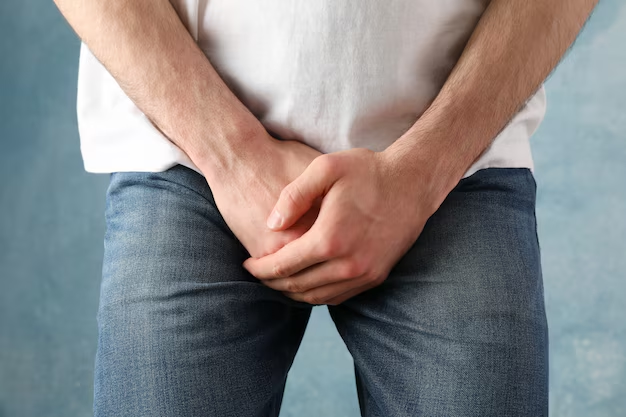Understanding the Causes of Male Incontinence: What Every Man Should Know
Male incontinence, though often shrouded in embarrassment, is a common issue affecting millions of men worldwide. Understanding its causes is the first step in tackling this challenging condition. So, what exactly leads to male incontinence?
Causes of Male Incontinence
1. Prostate Problems:
One of the most common causes of urinary incontinence in men is prostate issues. An enlarged prostate gland, commonly seen in older men as benign prostatic hyperplasia (BPH), can impede the normal flow of urine. Additionally, prostate cancer and its treatments can also lead to incontinence.
2. Nerve Damage:
Various conditions that damage nerves can also lead to male incontinence. Diabetes, multiple sclerosis, Parkinson’s disease, and stroke are just a few of the neurological conditions that can affect nerve signals responsible for bladder control.
3. Bladder Muscle Weakness:
The bladder muscles need to hydrate and contract properly to hold and release urine. Age, as well as certain medications, can lead to weakened bladder muscles, making it difficult to control urinary flow.
4. Medication Side Effects:
Certain medications, like diuretics, sedatives, and muscle relaxants, may increase the urgency and frequency of urination, potentially causing incontinence as a side effect.
5. Urinary Tract Infections (UTIs):
Though more common in women, UTIs in men can also cause symptoms of urgency and frequency in urination, sometimes leading to temporary incontinence.
6. Lifestyle Factors:
Excessive alcohol and caffeine consumption, smoking, and being overweight can exacerbate the symptoms of incontinence by irritating the bladder and increasing the urge to urinate.
Managing the Impact of Incontinence
Dealing with incontinence can be an emotional and financial burden. Besides medical treatments, many men need additional support in managing its impact, including exploring financial products and educational opportunities that can offer relief and empowerment.
Financial Assistance and Support Opportunities
👥 Government Aid Programs: Check if you qualify for government benefits, such as Social Security Disability Insurance (SSDI), which can provide financial relief if incontinence impacts your employment.
💳 Credit Card Solutions: Some credit cards offer special financing or lower interest rates for medical expenses, including incontinence supplies.
📘 Educational Grants: Look for programs and workshops that offer free or low-cost education on managing incontinence. These can provide invaluable knowledge on lifestyle changes and medical options.
💼 Debt Relief Options: If medical costs are piling up, consider speaking to a financial advisor about debt relief strategies, such as consolidation programs or budgeting advice.
🏛️ Medical Supply Assistance: Some nonprofits provide free or discounted incontinence supplies, reducing the financial strain on individuals needing long-term management of the condition.
Addressing male incontinence involves a multifaceted approach, where understanding the underlying causes, combined with smart financial strategies, can lead to a marked improvement in quality of life. Whether it's finding the right medical treatment or exploring financial support systems, it's important to know you're not alone in this journey.

Related Topics
- a Patient You Are Caring For Uses Incontinence Briefs
- Are Incontinence Products Tax Deductible
- Are Incontinence Supplies Covered By Medicare
- Are Incontinence Supplies Tax Deductible
- Can a Bladder Infection Cause Urinary Incontinence
- Can a Kidney Stone Cause Incontinence
- Can a Urinary Tract Infection Cause Incontinence
- Can a Uti Cause Incontinence
- Can Constipation Cause Incontinence
- Can Constipation Cause Urinary Incontinence